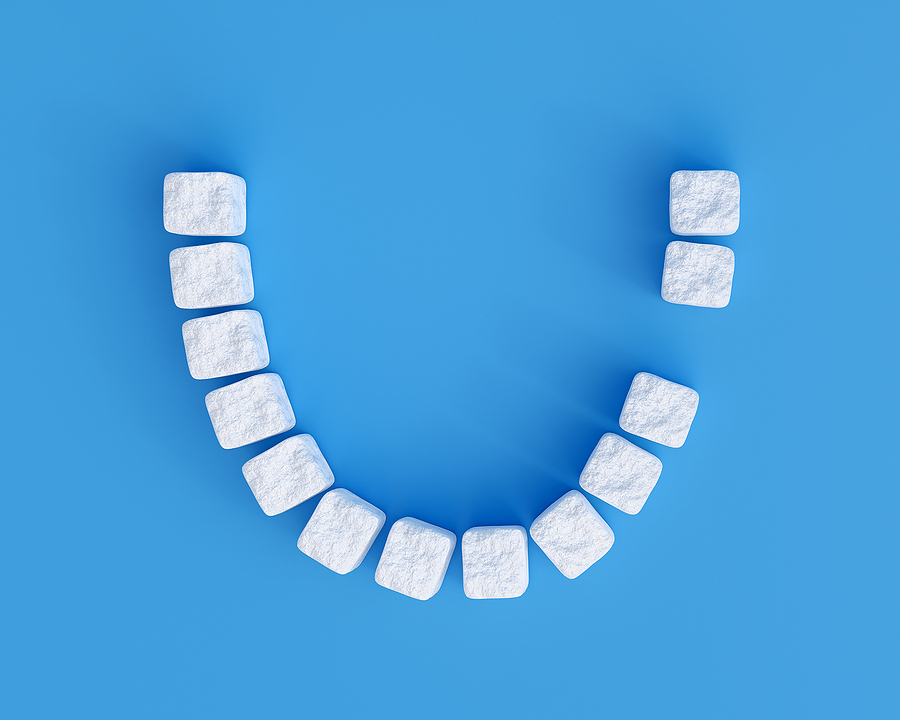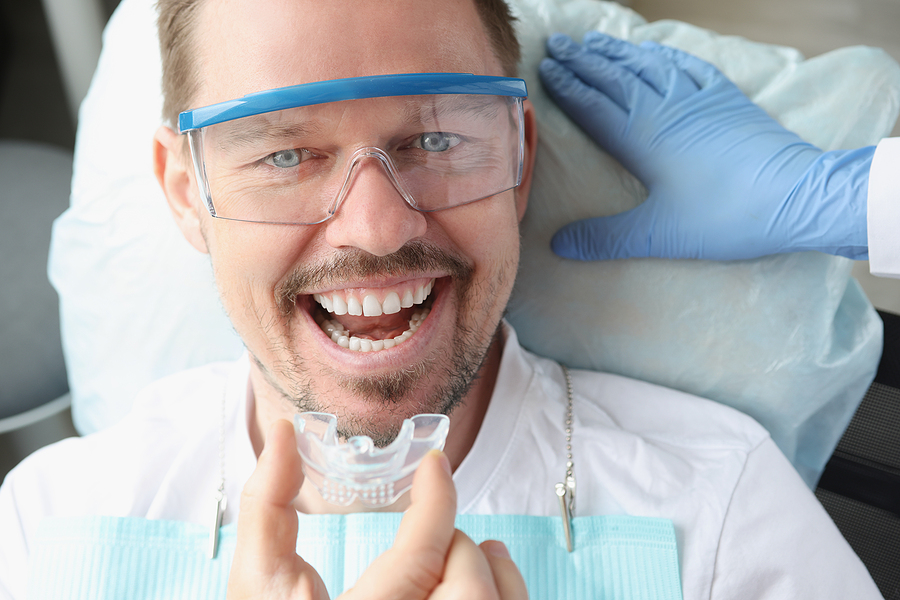Tooth Anatomy - 101
Posted by Paige Lester on Jun 10 2020, 12:54 AM
Teeth are made up of several layers. Enamel is the hard, outermost layer of the tooth. Dentin lies under the enamel and is softer. Dentin makes up the majority of the tooth. Cementum is a layer that covers the roots of the teeth. A tooth's root is pointed down into the gums.
Introduction to teeth anatomy
The tooth itself is made mostly of several different layers, which combine to create a hard substance with enamel on the outside. (The enamel is the white part of the tooth that you see when you smile in the mirror.)
Inside your tooth is a hollow chamber called the pulp. This chamber contains blood vessels and nerves, as well as connective tissues. If the pulp becomes infected, it can result in pain and inflammation. You can avoid this by practicing good oral hygiene habits and regular checkups with your dentist.
At the center of each tooth is the root canal, which is filled with a substance called the dental pulp. The root canal provides the tooth with nutrients and nerves; it also houses the pulp inside the tooth. The healthy dental pulp is extremely vital to the health of the tooth because if it becomes damaged, it can cause extreme pain and infection.
The crown is the top part of a tooth that is visible in the mouth. Teeth have four different types of crowns: incisors (front teeth), canines (pointed teeth), premolars (teeth in front of molars), and molars (back teeth). Incisors typically only have one cusp for biting. Canines have two to three cusps for tearing food. Premolars and molars typically have two or three cusps for chewing, grinding, and crushing.
Also, teeth are categorized into three groups: incisors, canines, and molars. Each type varies in shape and size depending on the specific tooth and its function.
- Incisors
The front teeth are called incisors. They are the most visible teeth in your smile and are used for biting off pieces of food.
Incisors have flat tops with rounded sides, and they usually have one root each. Sometimes, however, they may have two roots. This is because some teeth grow at an angle toward the front of the mouth. These teeth are called "peg-shaped" or "spoon-shaped." When these teeth erupt, they usually have two roots instead of just one. This can make them harder to keep clean and susceptible to decay. Usually, when these teeth have a double root, they will need to be extracted because they are poorly positioned in the mouth. Only a trained dentist can tell if a double-rooted tooth needs to be pulled or if it can be saved by braces or other orthodontic appliances.
Incisors are also the first teeth to come in, usually around the age of six. They start to appear when the primary (baby) teeth start to fall out in preparation for permanent teeth. These primary teeth are usually lost between the ages of six and eight years old. Permanent teeth typically come in between the ages of nine and thirteen.
- Canines
The canine teeth are your four pointed teeth in the front, top, and bottom of your mouth. They are sometimes called "eyeteeth" because they are located in the front of your mouth, where you would naturally blink or squint your eyes.
There are four canines in your mouth – two on the top and two on the bottom. The four canines are the most posterior teeth in the mouth, so they are also commonly referred to as back teeth.
These teeth' purpose is to help tear and rip food apart for chewing purposes. They will also be used for biting, tearing, and crunching motions as well.
Since they are the most posterior teeth in the jaw, they are more prone to tooth decay and cavities. That's why it's important to brush and floss them daily to help protect them from decay.
- Premolars
The premolars are the back teeth located on both sides of the mouth, behind the canines (or eyeteeth). Premolars have flat chewing surfaces and are used for crushing or grinding food during chewing. They are also used to tear or cut food apart when biting into foods like apples or carrots. The premolars are often the first teeth to fall out and are replaced later by permanent molars.
- Molars
The molars are the largest teeth in our mouths, and they are used for chewing and grinding food. They are flat-topped with ridges around the edges. They contain deep pits that can hold plaque and food particles, which can lead to tooth decay if not cleaned properly.
There are four different types of molars: central, lateral, canine, and wisdom teeth. The central tooth is the largest and most forward molar in the mouth. It is followed by the lateral molars, which are located on either side of the central tooth. The wisdom teeth are the most posterior of the molars and are the last to erupt during a person's adolescence or early 20s. The last type of molar is the canine tooth, which is sharp and used to tear into food. Canines only usually appear in people with fully mature mouths.
Want to learn more about teeth anatomy? Call us and schedule an appointment.



